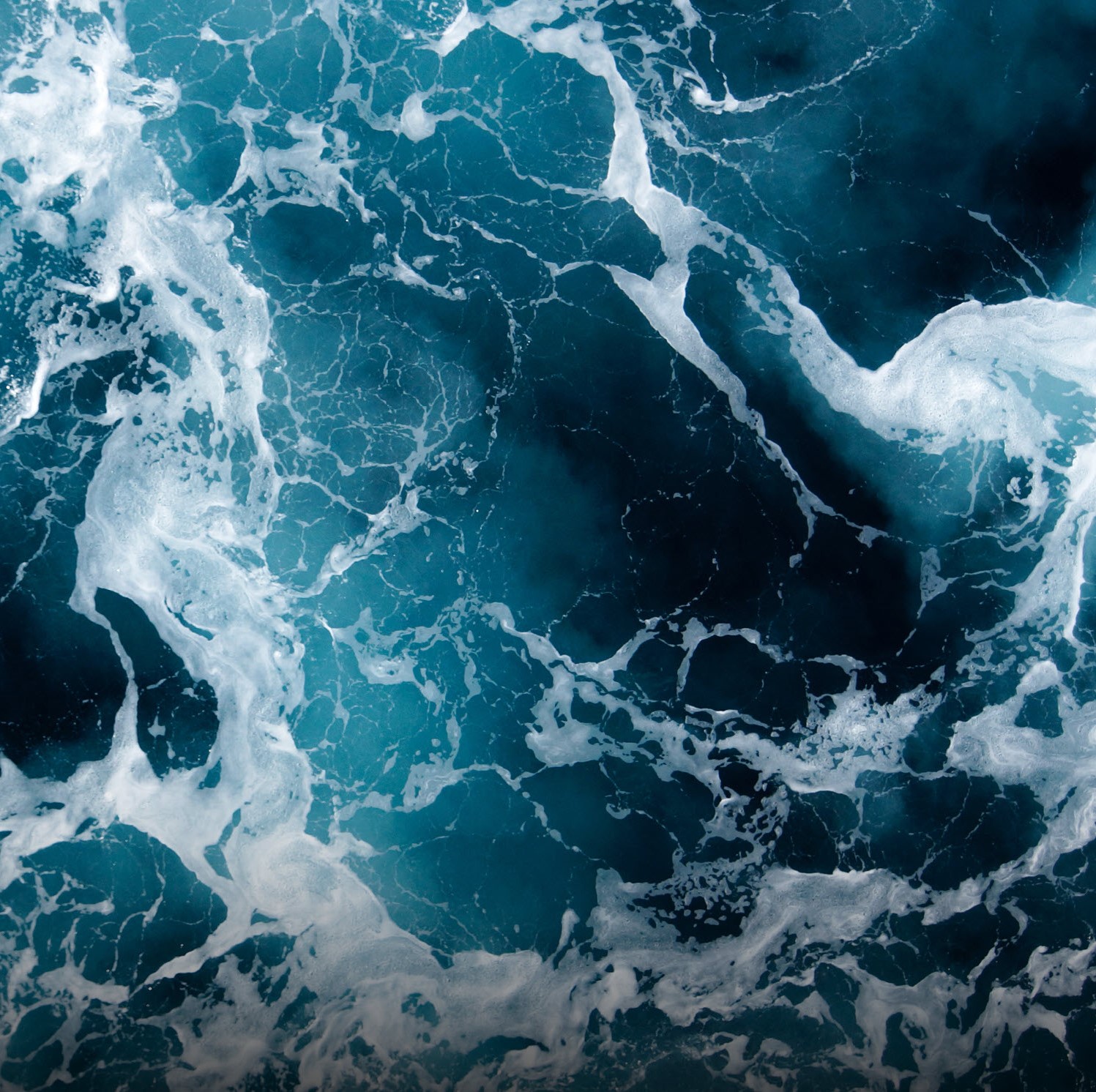Jessica D. Lundquist received the 2008 Cryosphere Young Investigator Award at the 2008 AGU Fall Meeting Honors Ceremony, held 17 December in San Francisco, Calif. The award is for a significant contribution to cryospheric science and technology.
Jessica D. Lundquist received the 2008 Cryosphere Young Investigator Award at the 2008 AGU Fall Meeting Honors Ceremony, held 17 December in San Francisco, Calif. The award is for a significant contribution to cryospheric science and technology.
Citation
I want to introduce to you Jessica Lundquist, of the University of Washington, selected this year for the AGU Cryosphere Young Investigator Award. Jessica has addressed critical questions in cryospheric science and linked her work to the sciences of hydrology and climate.
Jessica originally came to Scripps (part of the University of California, San Diego, even though they don’t like to admit it) to study coastal fog! But her love of the outdoors and her associations with Dan Cayan and Mike Dettinger led her to the study of snow, particularly in the spring when runoff occurs and when the Sierra Nevada is most pleasant, especially before the mosquitoes hatch.
As a graduate student, and as an assistant professor at the University of Washington, Jessica has published an impressive list of journal articles in the highest-impact journals in snow science and hydroclimatology, including Water Resources Research, Journal of Geophysical Research, and Journal of Hydrometeorology. I first got to know her through her work that explained diurnal variability in snowmelt runoff, what she called the “pulse of the mountains,” at a variety of scales, a problem I had worked on without much success. She has shown innovation in field methods, especially in the use of small temperature and pressure sensors for characterizing snowmelt runoff in the high-elevation basins. Her recently developed technique for implanting small temperature sensors high in the forest canopy is amazing; essentially it is a high-end slingshot.
To summarize, Jessica’s contributions include the importance of snowpack spatial heterogeneity to streamflow timing; the effect of the interplay between climate warming, earlier snowmelt, and spatial heterogeneity; a model of cold air pooling in mountainous terrain; cross-disciplinary research that promotes the important role of the mountain snowpacks in climate, hydrology, atmospheric science, and ecology; and communicating her results to the lay public.
Congratulations, Jessica, from all of us. We look forward to reading your work for many years.
— Jeff Dozier, University of California, Santa Barbara
Response
Thank you, Jeff, for your kind introduction, and to AGU and the National Snow and Ice Data Center for supporting this award. I am honored.
My childhood goals were to grow up to be like John Muir, hiking and writing in Yosemite National Park of the Sierra Nevada, California. That changed during undergraduate studies at University of California, Davis, when Jim McClain, Terry Nathan, Jeff Mount, and many other professors convinced me to change my major from nature-literature to meteorology; they showed me that science is fun and worthwhile.
Inspired by Jim Edson and Wade McGillis at a National Science Foundation Research Experience for Undergraduate program at Woods Hole Oceanographic Institution, I went to Scripps Institution of Oceanography (SIO) at University of California, San Diego, to study marine meteorology with David Rogers. After my M.S. degree on coastal fog, I stumbled across Mike Dettinger and Dan Cayan, who were studying snow and climate in Yosemite. I thank Dan and Mike for encouraging creativity, whether swapping labor for instruments, or smiling when the abominable snowman appeared on an AGU poster or two. I also thank the students and professors of SIO. Fellowships from National Defense Science and Engineering Technology, California Institute for Telecommunications and Information Technology (Cal-IT2), and Canon provided essential support for me as SIO’s first “high-altitude oceanographer.”
Following my Ph.D. I joined Randy Dole, Marty Ralph, and David Kingsmill, who mentored me at the National Oceanic and Atmospheric Administration’s Earth Science Research Lab (ESRL) in Boulder, Colo. ESRL is a wonderfully close-knit and friendly community of scientists. I thank Mark Losleben and Dave Clow for helping me establish my Rocky Mountain field research and Nick Pepin for partnering with me to understand mountain temperatures. I especially thank Connie Millar for serving as my “science mom” during this time period, as my best female role model of how to be both a successful scientist and a well-rounded person.
In 2006, I joined the University of Washington, where Steve Burges took me under his wing and taught me how to use a background in meteorology and oceanography to become a successful professor of civil and environmental engineering. Thank you, Steve. I thank Steve Loheide for partnering with me on my first successful NSF grant, Janneke Hille Ris Lambers for jogging with me and advising on everything, my students for making work fun, and Bob Westfall for reading any paper draft I sent him.
Finally, I thank the people who hold me up when the times are toughest: my mom, my dad, and Andrey Shcherbina.
— Jessica D. Lundquist, University of Washington, Seattle






